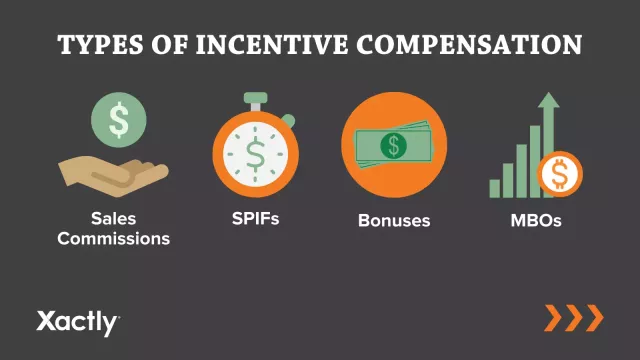Incentive pay is typically based on the effort and performance levels employees bring to their roles. Often, organizations use incentive pay as a strategic tool to boost productivity and align employees’ actions with the company’s goals. But what exactly forms the basis of this payment model, and why do companies use it so widely? Let’s dive in to understand the elements driving incentive pay and the benefits it brings to both employers and employees.
The Foundation of Incentive Pay
In essence, incentive pay revolves around measurable achievements. Organizations don’t hand out these rewards arbitrarily; they set clear targets and performance metrics. Usually, these metrics are directly tied to the goals of the business. For example, a sales team might receive incentives based on the number of deals closed within a quarter. Similarly, production teams might be rewarded for meeting quality and quantity benchmarks.
In this way, incentive pay encourages employees to perform well in areas that directly benefit the company. Companies design these rewards to be achievable but challenging, inspiring employees to push beyond their comfort zones and strive for excellence.
Common Types of Incentive Pay
- Performance Bonuses: These are short-term incentives awarded for meeting or exceeding specific targets. They’re often calculated as a percentage of the base salary or based on a set amount for reaching specific goals.
- Profit Sharing: Companies might also use profit-sharing plans, where a percentage of the company’s profits are distributed among employees. This type of incentive helps employees feel invested in the company’s financial success, boosting motivation.
- Commissions: In sales-oriented jobs, commissions are a popular form of incentive pay. Employees earn a commission based on a percentage of the sales they generate. This type of pay structure is directly tied to performance, making it highly motivating for sales professionals.
- Stock Options: Often provided by companies with long-term growth goals, stock options allow employees to purchase company shares at a discounted rate. This option ties employee success to the company’s market performance, encouraging commitment.
- Recognition Awards: Sometimes, incentive pay isn’t just about monetary rewards. It can also involve non-monetary benefits like travel opportunities, gifts, or even public acknowledgment of achievements, which can be incredibly motivating.
Why Incentive Pay Works
Incentive pay works because it taps into the intrinsic motivation of employees. When people know their efforts will be rewarded, they’re likely to focus on those tasks that matter most to the business. This isn’t just about money; it’s about creating a culture where hard work and results are recognized.
Beyond motivation, incentive pay also fosters a sense of competition, which can be beneficial in certain work environments. Employees push themselves to hit targets not only to earn rewards but also to gain recognition from their peers and supervisors. This environment can lead to higher productivity and a collective drive toward common goals.
Challenges of Incentive-Based Pay
While incentive pay can boost productivity and engagement, it’s not without its challenges. If targets are too high or perceived as unfair, employees might feel stressed or disengaged. For instance, if a sales team is pressured with overly ambitious targets, the incentive structure can backfire, leading to burnout or even high turnover.
Additionally, excessive focus on incentives can sometimes encourage unethical behavior. Employees might be tempted to cut corners to meet their targets, which can hurt the company’s reputation and long-term success. Therefore, companies need to design these programs carefully, ensuring that they’re fair, transparent, and achievable.
